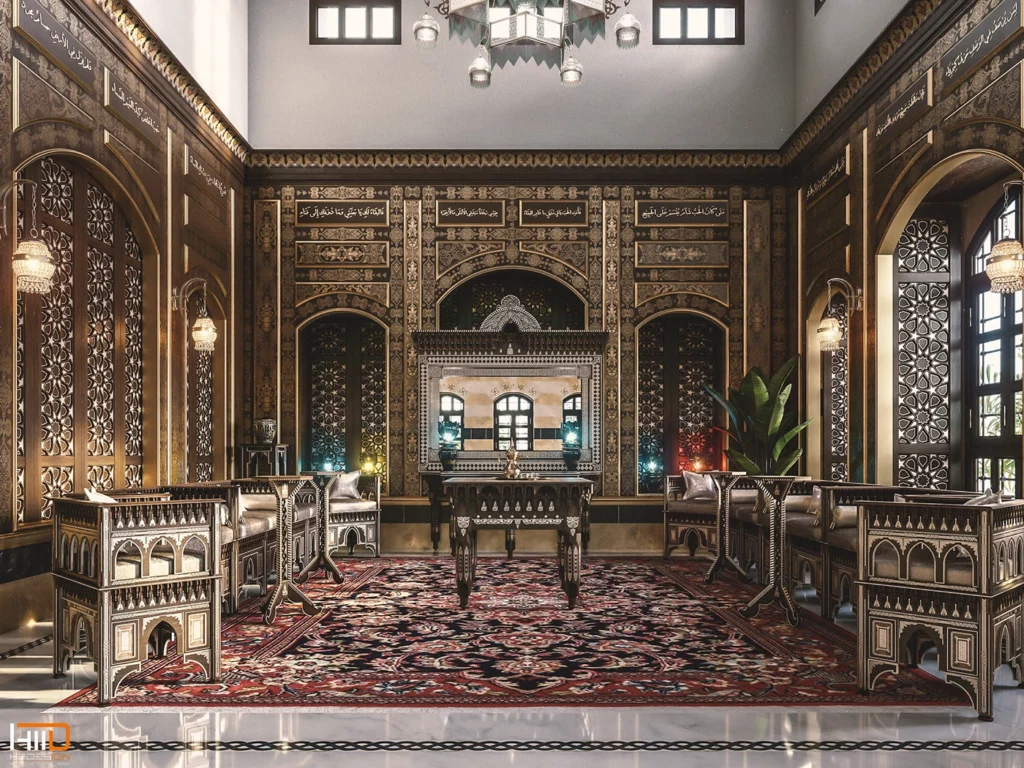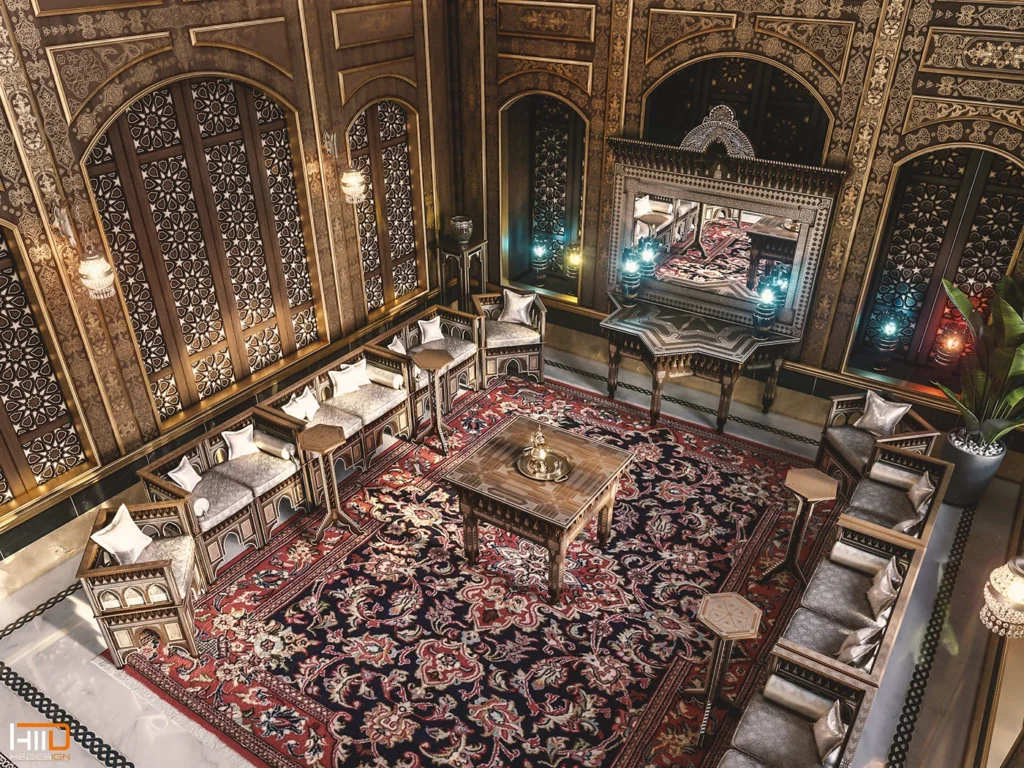The Al Azem Palace (Qasr al-‘Azm) is a stunning masterpiece of Ottoman-era architecture and one of the most important historical landmarks in Damascus, Syria. Located in the heart of the Old City, near the Umayyad Mosque, it offers visitors a breathtaking look into the opulent life of 18th-century Damascene nobility and serves as a vital repository of Syrian culture.

A Symbol of Power and Wealth
The palace was constructed starting in 1749 by As’ad Pasha al-Azm, the powerful Ottoman Governor of Damascus. He built it using his family’s personal funds, intending it to be a grand and enduring symbol of the Azm family’s prestige, influence, and immense wealth.
The palace complex covers approximately 6,400 square meters and was designed to reflect the traditional social structure of Islamic domestic life, with a clear separation between public and private spaces. It is celebrated for its duality: a relatively simple exterior that belies the extraordinary splendor and meticulous detail found within.
Architectural Grandeur
Al Azem Palace is considered the finest example of an 18th-century Damascene residence, showcasing several key architectural features:
- Ablaq Masonry: The exterior and courtyard facades famously utilize Ablaq, a distinctive style of alternating stripes of dark (basalt) and light (limestone or sandstone) colored stone. This technique is a hallmark of monumental architecture in Damascus.
- The Two Wings: The palace is fundamentally divided into two main wings, each with its own courtyard:
- The Salamlik (Public Wing): This area was reserved for the Pasha’s official business and for receiving male guests. It contains formal halls, a reception area, and a large courtyard featuring a traditional cascading fountain.
- The Haramlik (Private Wing): This was the family wing, a strictly private space for the Pasha, his wives, and children. It includes sleeping quarters, a private bathhouse (Hammam)—a smaller replica of the public baths—and a beautiful courtyard filled with trees and fountains.
- The Interior: Inside the halls, the luxury is evident in the intricate details. You can find carved and painted wooden panel ceilings, elaborate marble mosaics on the floors and walls, and intricate stone-paste decorations known as ‘Ajami art.
From Residence to Museum
The palace remained in the Azm family’s possession until the early 20th century. Its history took a dramatic turn during the Syrian Revolution of 1925-1927, when French shelling caused extensive damage to the structure, including the main reception hall and private baths.
After years of meticulous reconstruction and research—a challenging restoration effort that earned the project the prestigious Aga Khan Award for Architecture in 1983—the palace was purchased by the Syrian government.
Since 1954, Al Azem Palace has housed the Museum of Arts and Popular Traditions. It features a wide array of exhibits, including traditional costumes, jewelry, weaponry, and wax figures that depict scenes of historical Syrian life. Visiting the palace today is not only a journey into architectural history but a cultural immersion into the rich and diverse heritage of Syria.


